Tips For Growing Sweet Tomatoes
Are you like me, and you can’t wait until you can pick your first sweet tomatoes each growing season? There is something spectacular when you put your hands in the earth, and it’s so quiet outside, right? The wind is blowing a little and is not too hot or cold. The sun is shining and you can hear the birds chirping nearby. With spring here, I wanted to update this post outlining tips for growing sweet tomatoes so we can all be ready to plant one of my favorite items.
Maybe today’s article will encourage you if you haven’t started a garden. There are many different ways you can plant sweet tomatoes. You don’t need 10 acres, 5 acres, or even 1/4 acre. You can plant them in pots, straw bales, and garden bags, to name a few. If you want a raised garden bed so you don’t have to bend over as far, that’s awesome, too.
From my experience, the desired sweetness is a matter of personal preference. From my research, it appears that the tomatoes considered the “sweetest” have a high level of acidity and sugar. Again, our taste buds don’t all register the same, so what you consider sweet might not measure up to what I might expect when I eat a tomato from my garden.
One reason so many people like small cherry or grape tomatoes on salads is that they tend to have a higher level of sugar and thus taste sweeter. Generally, the smaller varieties will garner more support as being sweeter varieties. Although I love them on my hamburger, beefsteak tomatoes are considered less sweet, and much of that is due to their size.
That said, tomato types and sweetness are based so much on genetics. We’ll discuss some ways to influence the growth and success of tomatoes in your garden, but their genetics will be a prime determinant of sweetness.
That’s one of the reasons that seasoned gardeners have cross-bred varieties over the years: to gain stronger plants and to try to influence the flavor through a new variety.
How To Grow Sweet Tomatoes
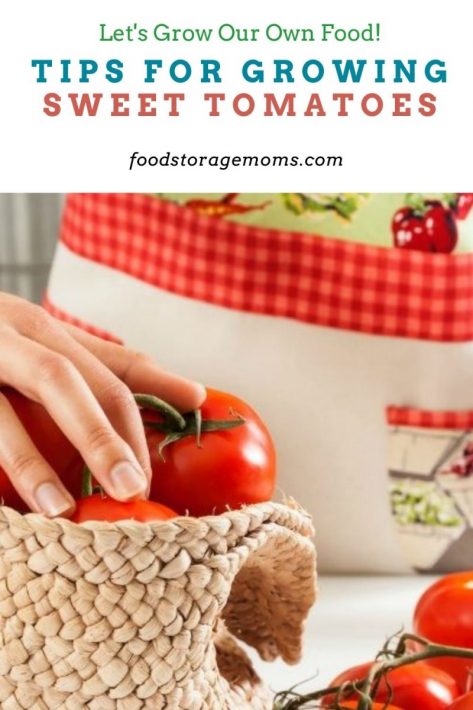
Start With The Soil
I remember living up north, and I rarely had to add soil amendments. The soil in Riverton, Utah, was dark, rich, and loamy. The entire neighborhood had gardens, and we frequently shared our bounty. When we lived in Southern Utah, it was a whole different ball game, so to speak. It will take years to get the soil up to par there. It took me about three years to get the soil conditions I needed to grow vegetables effectively.
The type of soil you have will influence how you approach soil preparation steps. What I outline here may not be what you need, so talk with your local nursery/garden store and see what they suggest for growth and sweetness for your area. Remember that the tomato variety you choose will respond to soils differently, too, so that is another great question to discuss with the local experts.
Ray: NOTE: To enable tomatoes to utilize soil nutrients, the soil pH must be 7.0 or below (preferably around 6.3).
In Southern Utah, we had beautiful red clay that was as hard as cement. Do you remember me telling you I decided to put together raised garden beds and fill them with Miracle-Gro Garden Soil that I picked up from a local big box store? I also had to add other nutrients to help grow from seeds and small plants. Below, I’ve listed the amendments I use. I spread them evenly in seven grow boxes.
Azomite Micronized Bag, 44 pounds
Wiggle Worm Earthworm Castings Organic Fertilizer, 15-Pound
Epsom Salts to discourage blossom end rot
Root Starter
You can grow almost anything if you’re lucky enough to have dark, rich soil. You will still have to start with a root starter when you plant your seedlings or small plants to boost your plants to start growing healthy, strong roots that develop into larger plants. I use Miracle-Gro Root Starter like this one. Miracle-Gro Root Starter
I mix the solution according to the instructions on the container I purchased and pour the required amount into each hole with the tomato seedlings or plants.
Another thing to consider when evaluating the soil is the location in your yard or garden. Tomatoes love sunlight and the related heat. They also need consistent watering with good drainage. The temperature and humidity will also influence how your plants interact with the soil.
Should I Add Any Organic Matter to the Soil?
It’s not only essential to prepare the soil so new plants have a good chance for growth. It’s important during the growing season to fertilize and add organic material like mulch to provide the nutrients the plants need to continue their growth and fruit development. It also helps protect the roots from pests, helps hold moisture where needed, and promotes root strength, all necessary steps for effective results and tomato sweetness.
Choose The Right Tomatoes For You
Let’s talk about tomato choices and how you plan to use the ones you grow. If you plan to eat BLTs, that’s awesome! That’s how Mark and I make use of many of our garden tomatoes. If you want to make salsa, tomato juice, or spaghetti sauce, consider which tomatoes are best for those uses. Of course, those chosen have to be suitable for your area. I only know Utah, so I’ll share what I have done for years. These are 100% Heirloom/Non-Hybrid/non-GMO tomatoes. I buy all my seeds from SeedsNow.
The varieties listed here show the name, the typical size, the growing period, and some great options for how to use them:
- Abraham Lincoln: 1 lb. heirloom, great for ketchup and tomato juice. Easy to grow and matures in 85 days.
- Beefsteak: These large tomatoes, over 2 lbs, are easy to grow, incredible for slicers, and mature in 85 days.
- Bonnie’s Best: This fruit is 6- 8 ounces and is excellent for slicers or canning. It matures in 85 days.
- Marion: Chefs prefer these crack-resistant tomatoes. Great for salads or sandwiches. Matures in 75 days.
- Pear: pear-shaped fruits that grow in clusters. Great for salads. Matures in 75 days.
- Homestead is a popular heirloom variety. It’s suitable for canning and is excellent in a hot climate. It matures in 80 days.
- Mortgage Lifter: These produce large tomatoes, up to 2 lbs. They are easy to grow and mature in 70 days.
- Money Maker: It’s one of the most reliable tomatoes you can grow. It grows up to 8-ounce tomatoes, is easy to grow, and matures in 85 days.
How Should I Space the Plants to Get the Best Results?
Having your tomato plants too close will tend to stunt growth. The plant’s size at maturity will influence how close you place them. The bigger the plant, the more space it needs. My planter boxes were 4′ x 4′, and I seldom put more than four in a box. Even then, I have to spread the branches apart to see the tomatoes that “hide” in the middle of the box.
Spacing also allows the sun to penetrate the plants, allowing them to receive sunlight and preventing moisture from causing mold or root rot. Spacing also promotes the effective use of the soil and sprinklers, allowing the plants to absorb water and fertilizers as they grow.
When Can I Start Planting Seeds?
The best time to plant your seeds indoors is about 6-8 weeks before the last expected spring frost in your neighborhood. You can plant/grow your seedlings or plants about two weeks after the last spring frost. You can enter your zip code on this website to find the best start dates for your area. Farmer’s Almanac First and Last Frost Dates By Location
Tomato plants really like a longer growing season, so planting them as early as possible is essential. Give your plant every advantage possible by starting early, tracking its growth and development, and allowing it to ripen.
It’s easy to grow tomatoes from seeds. You can start with seed pellets or transplant them in smaller containers to larger ones as needed.
The seeds don’t need much light, so you can put them on top of your refrigerator to keep them warm and germinate. As soon as the seedlings pop up, they need sunshine. You can put them on a window shelf or a table close to windows. You should see them poke through the soil in 7-10 days. I purchase seed pellets from SeedsNow
The seedlings need temperatures of 70 degrees F during the day and 40 degrees F at night. Once they reach 4 inches tall, transplant them into larger containers. Please plant them deeper than other vegetables.
What Is Hardening of Seedlings?
You need to get the seedlings used to the outdoors for about two weeks before you plant them outside. Place the plants outside during the day to harden up and bring them back in at night. I also do this with plants I purchase at garden nurseries.
It’s good to get them acclimated to your backyard temperatures during the day and night. This is critical to have your tomatoes or other vegetables thrive into the biggest harvest ever.
What Are Some Good Companion Plants?
I like to plant carrots, onions, lettuce, and Marigolds around my tomatoes. By using up the space my tomatoes won’t use, I can produce more food by planting seeds that will work together.
What Are The Best Growing Conditions For Tomatoes?
Sweet tomatoes need at least 8 hours of sunlight each day. Be sure to plant your seeds or seedlings in a location with at least this much sunlight. They also need at least 3-4 months of warm, dry weather. Continue feeding your tomatoes throughout the season with organic compost. The temperatures at night should be 55 to 75 degrees F.
You may notice some of the tomatoes split during their growth process. That is usually caused by the plants being subject to sudden drops in temperature or getting too much water.
If the weather looks like it will change so that the plants are exposed to temperatures below 60 degrees F, you may want to consider covering them for a night or two. As mentioned, the plants need to have soil that drains properly, so check those splitting plants and make sure the water isn’t “pooling” around the base and root system.
What Can I Do to Protect My Tomato Plants from Bugs?
One of the worst bugs for tomatoes is the tomato hornworm. These pests can eat many plant leaves, making it hard for the plant to benefit from sunlight. If your garden has become invested, look over the plants often. These bugs can grow fast and get as large as your fingers. Although large, they can hide based on color as they blend in with the plant’s foliage. You can see one on the right side of the photo below.
If you discover them on the plant(s), pull them off and discard them in your garbage. Based on your location and what is allowed, you may want to discuss some safe “organic” sprays to kill the hornworms and other pests.
In case you missed this post: How to Control the Tomato Hornworm Naturally
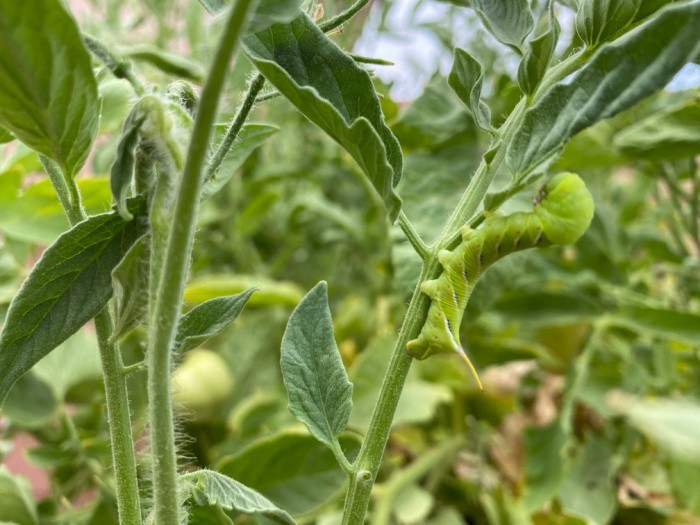
How To Plant Tomatoes – Deep
I have always planted my tomato plants so that 2/3 of the plants are in the ground. To make this easy, picture a plant ten inches high. You will plant/grow it deep enough that only three inches are above the soil. Yes, that is deep, but it works, I promise.
This makes for a robust root system; stronger ones mean the best sweet tomatoes ever! The main stock will soon begin to sprout more roots, yes, it works! The extra roots give the plant stability when the fruit starts to set.
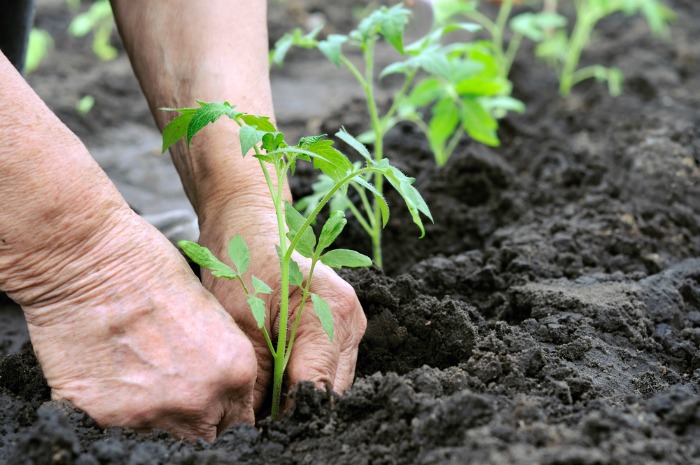
Feed The Sweet Tomatoes
Add organic compost as needed to keep those tomato plants thriving. I check my plants frequently for water issues, diseases, or fertilizer needs if the plant’s leaves change color.
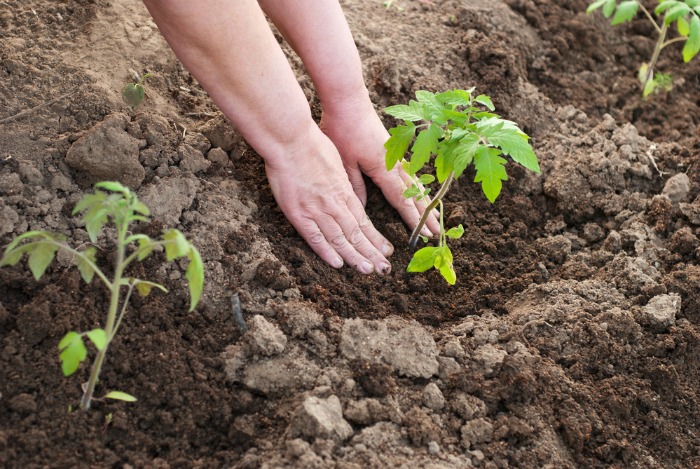
Cages For Tomatoes
I wish everyone could purchase these tomato cages from Glover Nursery in West Jordan, Utah. They are firm and last for many years. I like them because, based on the gauge of the wire, they are strong enough to hold the plants up during the entire growing season, thus keeping the fruit from touching the ground and allowing it to ripen and become as sweet as possible.
UPDATE: I found these cages at an IFA store, which stands for Intermountain Farmers Association. They didn’t have them in Southern Utah, but they did up north in Riverton, Utah.
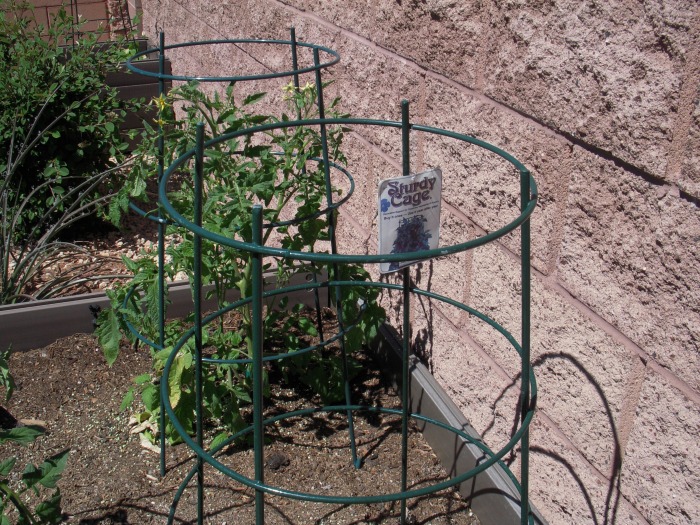
Planting with Marigolds by Linda
Final Word
I hope my post today excites you to grow your sweet tomatoes. There is something incredible about working with my hands in the soil, pulling weeds, and nurturing my plants in the garden. I love it! It’s one more step to being self-reliant. Thanks again for prepping for the unexpected. May God bless this world. Linda
Copyright Images: Planting Tomatoes in Holes AdobeStock_30251201 By beerfan, Tomatoes in the earth with 2 Hands Depositphotos_29720285_XL By whitestorm4, Picking Tomatoes Lady with Apron Depositphotos_68018861_XL by elxaval,

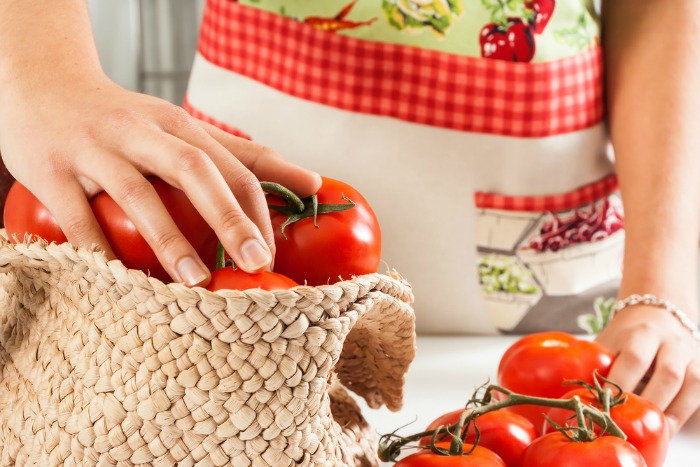

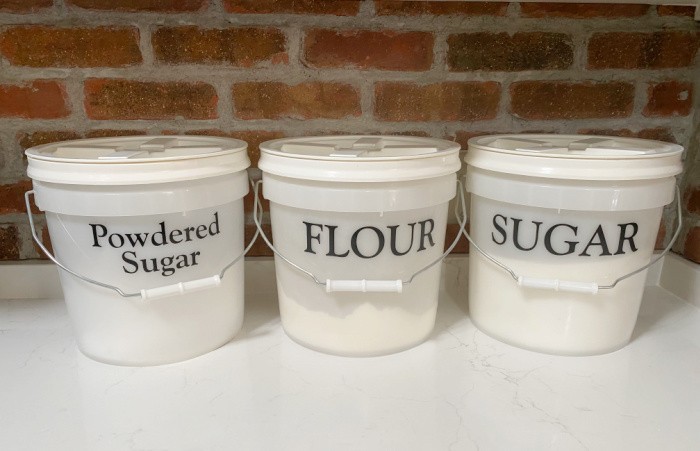

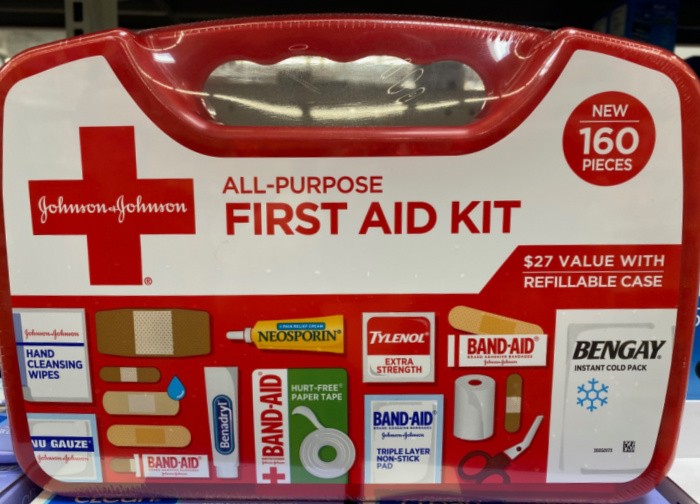


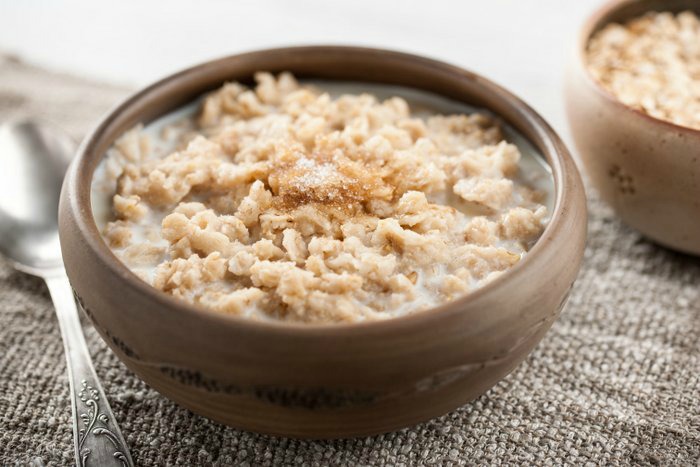

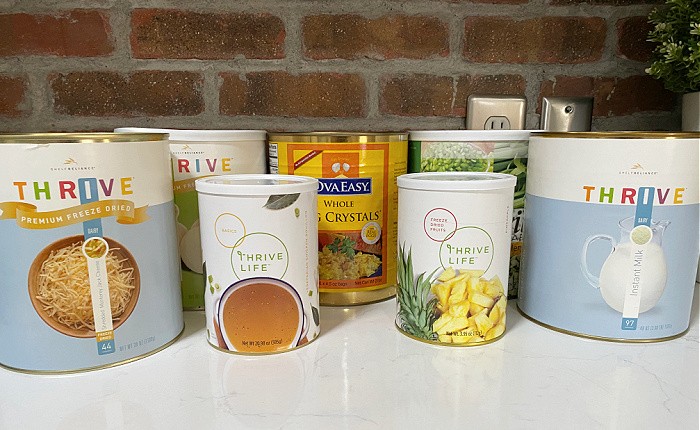
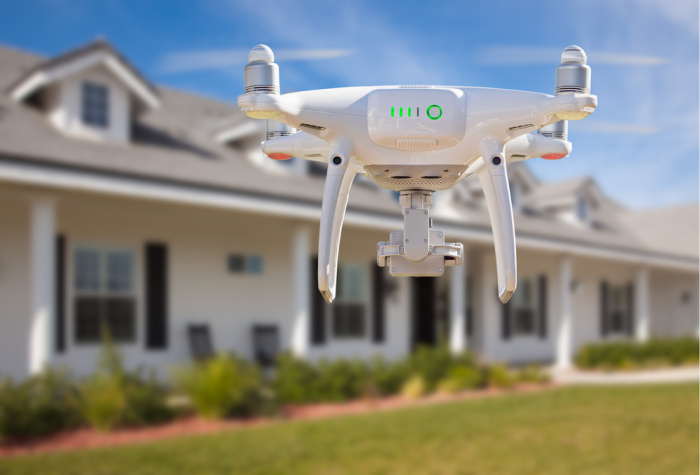
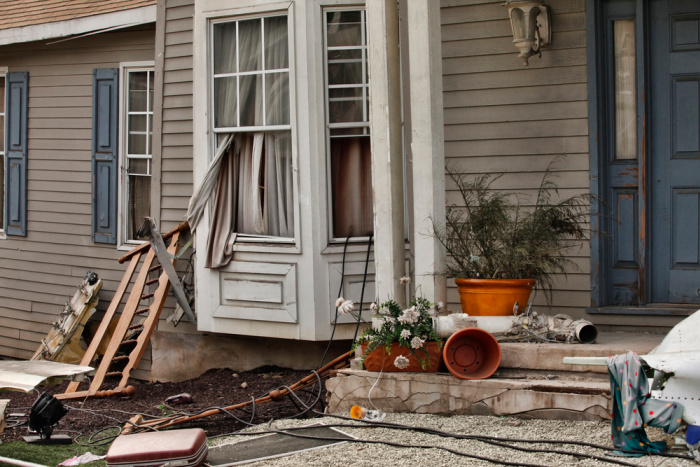
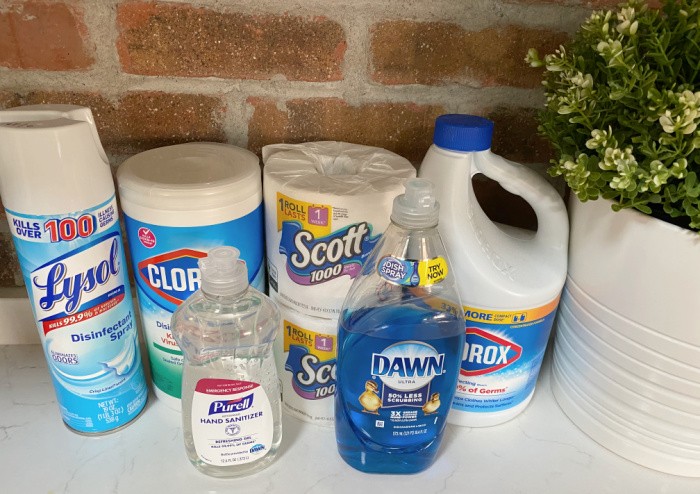
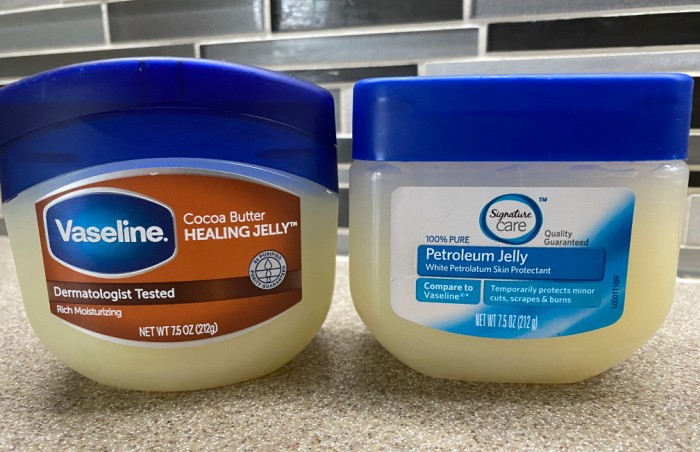


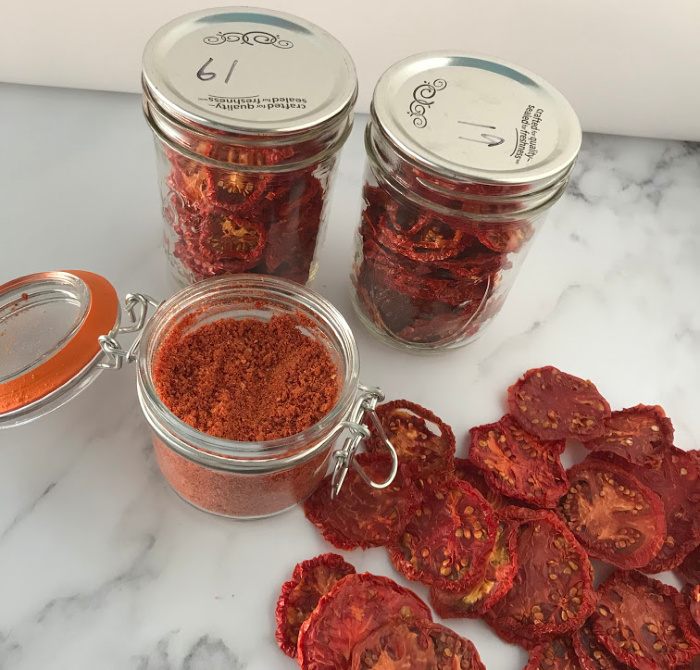
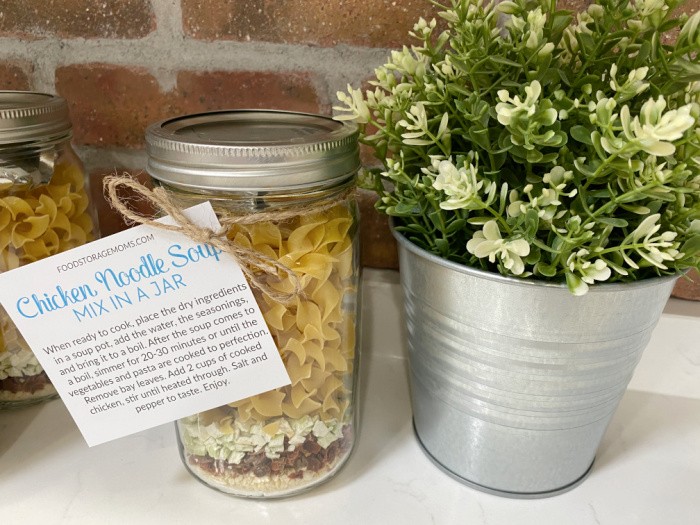
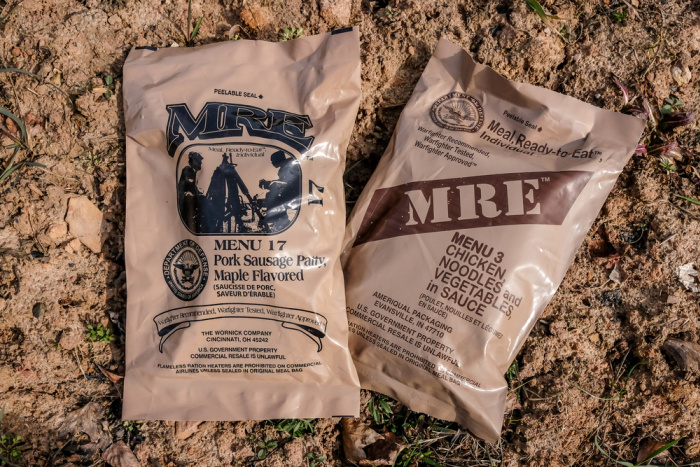


Always plant marigolds with tomatoes and basil if you have room for it to keep out the horn worms Also, remember to put some dry milk on the base of your plants as they begin to produce to stop blossom-end rot. They need the extra calcium . Be sure to water the dry milk in well. I just did mine. Also, you can add just a bit more in a few weeks just to be sure.
Hi Cheryl, I love Marigolds and Salvia, they bring the bees! Blossom rot is the worst! Thank you for your tips! Linda
I’ve had two 5 gallon hydroponic buckets with tomatoes in my living room and got to enjoy fresh picked cherry tomatoes all winter. I just shut it down this week after first setting up a bunch of cloned plants to grow in pots until I can put them in their big planters out on the balcony. Once you have tasted home grown tomatoes you’re spoiled for those flavourless store bought things. I had indeterminate tomatoes so they just kept producing for months. It probably cost a bit more to run the system than to buy tomatoes but it was worth it for the taste. I had a Roma tomato plant as well but it wasn’t as productive as the cherries.
Hi, Alice, oh my gosh where did you get the 5-gallon hydroponic buckets? Please tell me the brand and i will look for them. Or did you make them yourself? I want to do this!!! Great idea, Linda
I don’t remember the brand, got them a few years ago from Amazon. I went online and read up about what I needed and found the cheapest versions available. Had to get an LED grow light and timer, plus an air pump similar to an aquarium that keeps the water bubbling so it stays fresher. The nutrient solution I got is in three parts by Advanced Nutrients, got it from Amazon as well. It’s not a cheap way to get tomatoes and the payback time is probably way too long but I decided it was worth it for a winter treat. I also find the grow light helps me adjust to shorter, darker winter days too. When you start checking it out it doesn’t matter that you’re looking for tomato growing, most of the information comes back about growing “you know what” instead.
Hi Alice, I did go check on Amazon, I may look into getting a set. I’m growing tomatoes in my AeroGarden right now. They are two inches tall. I will see how these go. I’m still not sure if i can grow anything outside, it’s not my yard so, oh well. Linda
Linda, I agree with your advice on growing tomatoes. I add powdered egg shells to my garden soils every year. As they break down they provide calcium which prevents blossom end rot. NOTE: Soil pH must be at 7.0 or below (preferably around 6.3) to enable tomatoes to utilize soil nutrients.
Compost is any veggies best friend. In addition my own compost I use Dr Q’s Filthy Rich, triple composted, weed free compost and the results are outstanding.
I plant basil and marigolds and sometimes bell peppers in with my tomatoes.
I recommend Gardener’s Delight–an heirloom cherry tomato that is prolific and delicious, Sweet 100 a hybrid cherry tomato (or Peacevine–the heirloom version) that is also very sweet and prolific.
Another of my grow every year favorites is Wapsipinicon Peach–a yellow heirloom slicer that is a flavor favorite.
I was late getting my tomato and pepper seedlings started this year so they are still too small to transplant, but I have 19 Cucumbers thriving, several spinach and celery plants, a dozen broccoli, a 4’x16′ raised bed absolutely full of delicious snow peas that need to be picked every day, and three types of potatoes that are almost ready to hill.
I’m still getting lettuce, though most of my Jericho has bolted, all of my Danish Ballhead cabbage has bolted and so had my Bok Choi, Chard, and carrots. I am letting them set seed for future crops. I’m also looking at getting a really good peach, apple and plum crop this year. The trees have heavy sets so I need to start thinning soon.
Hi Ray, I love hearing your gardening tips, plus what you are growing and harvesting. I never had good luck with celery, I hope I can have a garden, still not sure I can. I will fix the ph on the tomatoes, thank you! If I am able to plant tomatoes I will be grateful. Linda
Linda, even if you can’t have a garden you can grow tomatoes in large pots. Same for cantaloupe, cucumbers and many other veggies.
Hi Ray, yeah I’m working on what I can do. We’re in a weird situation. Linda